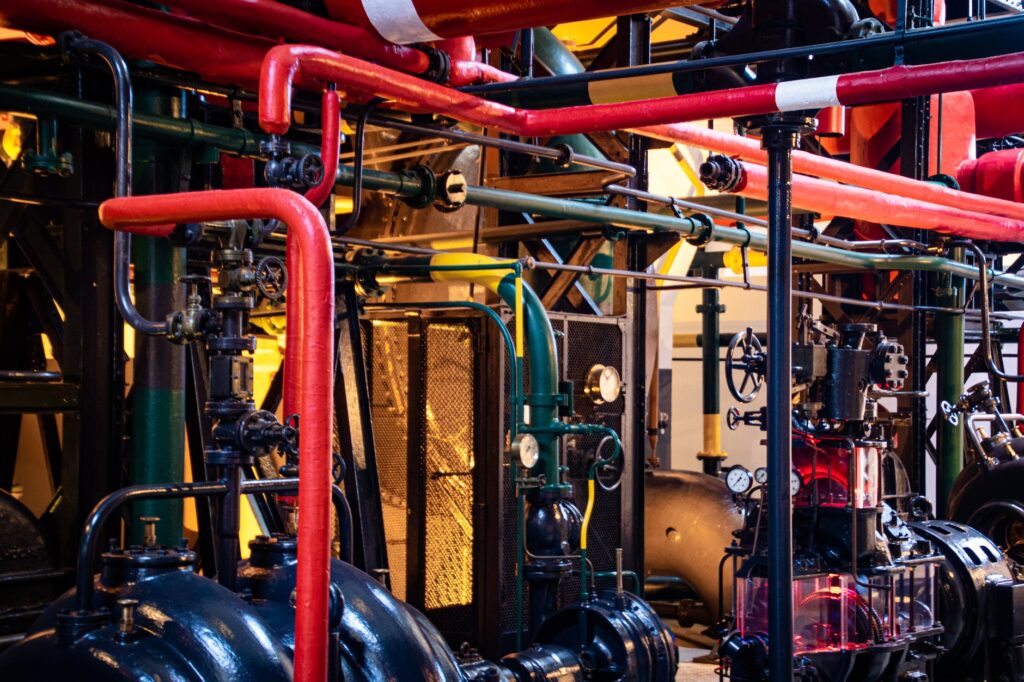
How To Prepare Hydrotesting HIRA: Hazard Identification and Risk Assessment
Hazard Identification and Risk Assessment (HIRA) for Hydrotesting Activities
How To Prepare Hydrotesting HIRA : Hydrotesting activities, involving the pressurization of equipment or pipelines with water to check for leaks or structural integrity, require a meticulous Hazard Identification and Risk Assessment (HIRA) to ensure the safety of personnel involved. This guide outlines a systematic process to identify potential hazards, assess risks, and implement effective control measures for tasks involving hydrotesting.
1. Hydrotesting Activity:
Pressurizing equipment or pipelines with water for leak detection and structural integrity assessment.
2. Gather Information:
- Site location: Industrial facility or construction site.
- Types of hydrotesting: Pressure testing of vessels, pipelines, or other equipment.
- Existing hazards: High-pressure risks, potential for leaks, confined space considerations.
3. Identified Hazards:
- High-Pressure Risks:
- Risk of equipment failure or rupture during pressurization.
- Potential for Leaks:
- Risk of water leaks or releases under pressure.
- Confined Space Considerations:
- Hazards associated with working in confined spaces during hydrotesting.
4. Risk Assessment:
- High-Pressure Risks:
- Likelihood: Moderate (with proper equipment and procedures).
- Severity: High (potential for serious injuries or fatalities).
- Risk Level: Significant.
- Potential for Leaks:
- Likelihood: Low to Moderate (with proper equipment checks and testing).
- Severity: Moderate (potential for injuries and property damage).
- Risk Level: Moderate.
- Confined Space Considerations:
- Likelihood: Moderate (depending on the configuration of the space).
- Severity: Moderate (potential for injuries in confined spaces).
- Risk Level: Moderate.
5. Risk Ranking:
- High-Pressure Risks (Significant)
- Potential for Leaks (Moderate)
- Confined Space Considerations (Moderate)
6. Control Measures:
- High-Pressure Risks:
- Ensure proper calibration and maintenance of pressure testing equipment.
- Implement pressure relief systems and barriers.
- Potential for Leaks:
- Conduct thorough inspections of equipment and connections before pressurization.
- Use double-isolation and bleed systems to minimize the impact of leaks.
- Confined Space Considerations:
- Implement a confined space entry program.
- Conduct atmospheric testing before entry and ensure proper ventilation.
7. Hierarchy of Controls:
- Prioritize engineering controls like pressure relief systems and double-isolation.
- Use administrative controls, including thorough inspections and adherence to safety protocols.
- Ensure workers use appropriate personal protective equipment (PPE) for confined space entry.
8. Emergency Procedures:
- Develop and communicate a detailed emergency response plan for hydrotesting incidents.
- Conduct regular emergency drills specific to hydrotesting scenarios.
9. Training and Competency:
- Provide comprehensive training for all personnel involved in hydrotesting activities.
- Ensure workers are competent in the use of testing equipment, confined space procedures, and emergency response.
10. Regular Review:
- Conduct regular reviews of hydrotesting procedures and safety measures.
- Update the HIRA based on incidents, near misses, or changes in work conditions.
11. Documentation:
- Maintain detailed records of hazard identification, risk assessments, and control measures.
- Provide easy access to documentation for all personnel involved in hydrotesting activities.
12. Communication:
- Clearly communicate control measures and emergency procedures to all workers involved.
- Encourage open communication for reporting potential hazards related to hydrotesting.
13. Supervision and Monitoring:
- Assign competent supervisors for hydrotesting activities.
- Regularly monitor the implementation of control measures.
14. Regulatory Compliance:
- Ensure compliance with local occupational safety and health regulations.
- Regularly review and update procedures based on regulatory changes.
15. Review and Continuous Improvement:
- Conduct regular safety meetings to discuss improvements and lessons learned.
- Actively seek feedback from workers and incorporate it into future risk assessments.
How To Prepare Scaffolding HIRA: Hazard Identification and Risk Assessment
How To Prepare Excavation HIRA: Hazard Identification and Risk Assessment
How To Prepare Confined Space HIRA: Hazard Identification and Risk Assessment
How To Prepare Work at Height HIRA: Hazard Identification and Risk Assessment
How to Prepare Risk Assessment for Vibration
By adhering to this structured approach, businesses can proactively identify and address potential hazards associated with hydrotesting activities, promoting a safer working environment for all personnel involved in pressure testing processes.
























